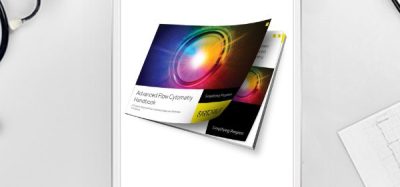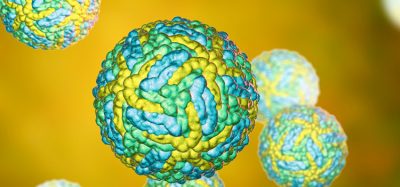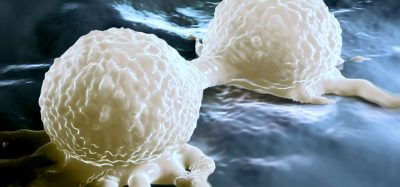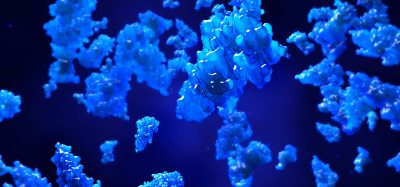Anticoagulant drug a possible strategy to treat COVID-19 variants
Posted: 8 July 2021 | Anna Begley (Drug Target Review) | No comments yet
Researchers in Australia have discovered a new site on the COVID-19 Spike protein that could be targeted by an anticoagulant drug.

A research team at Queensland University of Technology (QUT), Australia, have identified a new binding site on the COVID-19 Spike (S) protein that could be targeted by anticoagulant drugs to stop the virus initiating infection.
Zachariah Schuurs, a researcher at QUT said: “Binding of the SARS-CoV-2 S protein to heparan sulphate (HS) on cell surfaces is generally the first step in a cascade of interactions the virus needs to initiate an infection and enter the cell. Most research has focused on understanding how HS interacts on the receptor-binding domain (RBD) and furin cleavage site of the SARS-CoV-2 S protein, as these typically bind different types of drugs, vaccines and antibodies.”
The team identified a novel binding site on the N-terminal domain (NTD) which is a different area of the virus’ S protein that facilitates the binding of HS. The NTD is also a part of the S protein that frequently mutates. “Some antibodies in the blood that neutralise the virus bind to the same region of the NTD. Therefore, targeting the NTD site with molecules like heparin (or heparin mimetics), a known anticoagulant drug similar to HS, is a possible strategy to stop the virus binding to cells and infecting them,” Schuurs noted.
Dr Neha Gandhi, from the QUT Centre of Genomics and Personalised Health, added that COVID-19 vaccines remained far from being widely accessible. “We need alternative antiviral strategies to prevent the spread of COVID-19 and treat infected people,” she said.
According to Gandhi, epidemiologists believe that persistent low-vaccine coverage in numerous countries will make it more like for vaccine-resistant mutations to appear, and variants of concern have already emerged in South Africa, the US, India and Brazil. As such, alternate antiviral strategies are strongly needed to prevent the spread of COVID-19 and to treat COVID-19 patients.
The team used both computational and experimental techniques for their study, using National Computational Infrastructure (NCI) Gadi and QUT Lyra supercomputers to model how HS and an inhibitor like heparin would interact with the S protein.
“Our research indicates that molecules that mimic the three-dimensional (3D) structure of herapin with different sulphur chemistry, might be potential broad-spectrum antiviral drugs for COVID-19 and other emerging viral threat via direct interaction with the virus itself,” Gandhi concluded.
The study was published in Computational and Structural Biology Journal.
Related topics
Antibodies, Disease Research, Drug Repurposing, Protein, Proteomics, Targets, Vaccine
Related conditions
Covid-19
Related organisations
Queensland University of Technology
Related people
Dr Neha Gandhi, Zachariah Schuurs







